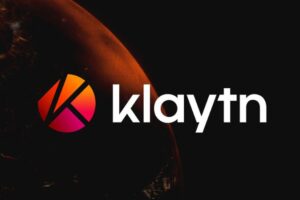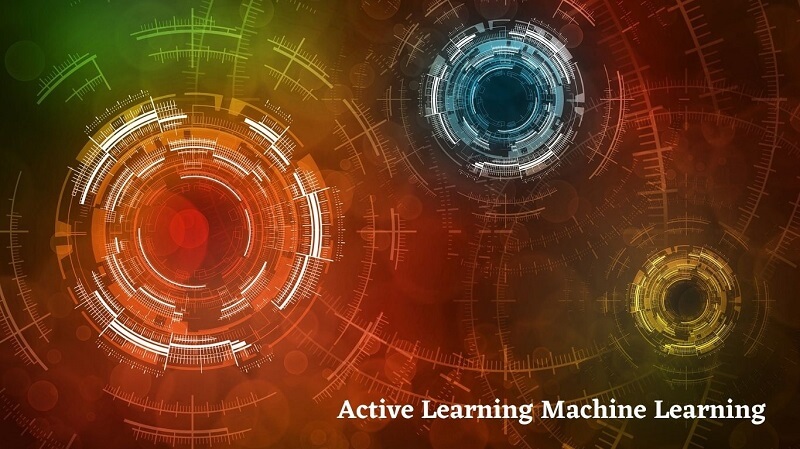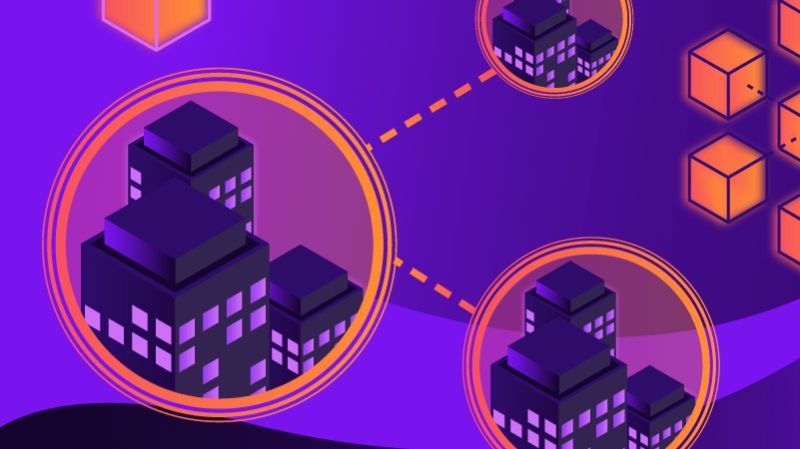Any machine learning (ML) model requires data to be trained. Despite this, data will remain one of the most significant roadblocks to success for enterprises and teams working in AI (AI). For one thing, creating high-performing models demands a large amount of it. Furthermore, you require data that is correctly tagged. While many teams begin by actively categorizing their datasets, more are switching to time-saving technologies like active learning to partially automate the process.
Page Contents
What is the definition of active learning?
Active learning is a type of machine learning where a learning algorithm can engage with a human to label data with the intended results. Inactive learning, the algorithm chooses a selection of unlabeled cases to be identified next from a database of unlabeled examples. The active learner algorithm concept is based on the idea that if an ML algorithm is given the freedom to choose which data to learn from, it can achieve a greater degree of accuracy while utilizing fewer training labels.
As a result, active learners are permitted to pose interactive questions during the training stage. These inquiries are frequently in the form of unlabeled data instances, with a request to have the instance tagged by a human annotator. As a result, active learning is a key component of the human-in-the-loop paradigm, where it is one of the most effective examples of success.
What is Active Learning and how does it work?
Different scenarios can be used to accomplish active learning. In short, determining whether or not to query a certain label boil down to determining if the benefit of receiving the label outweighs the expense of gathering the data. In actuality, depending on whether the scientist has a limited budget or merely wants to reduce his or her labeling bill, that decision can take numerous shapes. Three different types of active learning can be identified:
- The stream-based selective sampling scenario, which involves assessing whether enquiring about the label of a single unlabeled entry in the dataset will be sufficiently advantageous. When the model is being trained and is supplied with data, it determines right away whether or not it wishes to see the label. The weakness of this approach is the lack of assurance that the data scientist would stay within his or her budget.
- The pool-based sampling model is probably the most well-known. It tries to assess the complete dataset before deciding on the optimal query (or group of queries). The active learner is typically trained on a fully labeled subset of the data, resulting in a first model is shown in the figure that is then used to choose which instances should be injected into the training set for the following iteration (or active learning loop). Its storage greediness is one of its most serious flaws.
- Because it involves the development of synthetic data, the membership query synthesis scenario may not be relevant in all circumstances. In this situation, the learner is free to create their labeling instances. When establishing a data instance is simple, this strategy has the potential to overcome cold-start problems (such as in search).
On the other hand, active learning is more akin to traditional supervised learning. It’s a form of semi-supervised learning. The theory behind the idea is that not all information is created equal and that categorizing just a tiny set of data can achieve the same level of accuracy, with the main difficulty being determining what that model is. During the training phase, active learning entails gradually and actively labeling data to enable the algorithm to determine which label would be the most informative for it to learn better.
When Should You Use an Active Learning Strategy?
For some firms, manually categorizing an entire dataset is excessively expensive and time-consuming, which is why teams are turning to semi-supervised and unsupervised machine learning methodologies. Under some or all of the following circumstances, an active learning technique is most effective:
• Your AI solution must have a quick time-to-market and manually categorizing data could jeopardize your project.
• You don’t have the funds to hire data scientists or small businesses to hand-label all of your data.
• You don’t have enough personnel to label all of your data manually, and you have a vast pool of unlabeled data.
Although active learning is more cost-effective and faster than traditional supervised learning, you must still factor in the computational expenses and iterations required to arrive at a functional model. It may achieve the same degree of quality and accuracy as its traditional counterparts when done correctly.
Because the sampling strategy chosen can make or break the effectiveness of the active learning methodology as a whole, it’s critical to have technical knowledge in active learning on your data science team. In other circumstances, you may need to seek outside help; third-party data partners, for example, can help you create a more efficient system.
Active Learning and AI in the Future
Is active learning the AI’s future? For the time being, it appears to be a feasible alternative to reinforcement learning forms of machine learning, and it may make sense for extremely huge datasets: active learning approaches allow data science teams to label smarter and quicker. It’s no wonder that active learning is gaining steam for its efficiency, as data continues to be the cornerstone of strong AI while simultaneously being the biggest hurdle if not properly managed.
Researchers are developing active learning sampling approaches that are better than their predecessors in the hopes of being able to generalize the best ones. While more study is needed the active learning cycle remains a compelling example of the human-in-the-loop process done well.
Benefits of Active learning
Active learning has three advantages.
1. Data labeling takes less time and money.
Active learning is considered to save time and money when categorizing data across a wide range of jobs and data sets, from computer vision to natural language processing. Data labeling is one of the costliest aspects of training modern machine learning models, so that will be the adequate reason!
2. More frequent model performance feedback
Because Active Learning trains a model regularly during the data labeling process, it’s feasible to collect inputs and fix flaws that would otherwise go unnoticed.
3. The final accuracy of your model will be higher.
People are frequently astonished to realize that active learning models not only learn quickly but also converge to a superior final model. We’re told that more data is better so often that it’s easy to ignore that data quality is equally as important as quantity. If the data consist of ambiguous samples that are difficult to label correctly, the final model’s efficiency may suffer.











